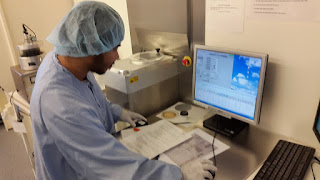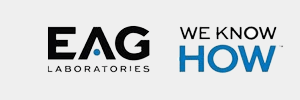The
Call for Papers for the Joint 233rd ECS & AiMES 2018 International
Meeting (Sept. 30 – Oct. 4, 2018 in Cancun, Mexico) contains a call for
symposium G02 - Atomic Layer Deposition Applications 14
You are cordially invited to submit your abstract. Abstract due date: March 30, 2018.
This symposium will contain:
Tutorials“Basics of Atomic Layer Etching” by Dr. Thorsten Lill, Lam Research, USA
“ALD precursors for ALD” by Prof. Chuck Winter, Wayne University, USA
Tentative List of Invited Speakers: including - Mikko Nisula, Aalto University, Finland, ALD/MLD for thin-film Li-ion batteries”
- Cathérine Marichy, University of Lyon, France, “ALD for gas sensing applications”
- Anil Mane, Argonne National Laboratory, USA, “ALD and ALE of 2D materials”
- Riikka Puurunen, Aalto University, Finland, “Learnings from an Open Science Effort: Virtual Project on the History of ALD”
- Alexey
Kovalgin, Twente University, Netherlands, “Comparative study of
low-temperature III-V nitrides ALD in thermal and radical-enhanced
modes”
- Thorsten Lill, Lam Research, USA, “Atomic Layer Etching”
- Geun Young Yeom, SKKU, Korea, “Layer control of 2D-MoS2 by Atomic Layer Etching and its device characteristics”
- Mark Saly, Applied Materials, USA, “Challenges and applications in Atomic Layer Processing”
- Chuck Winter, Wayne University, USA, “Precursors for ALD”
- Ganesh Sundaram, Veeco, “Innovations in ALD”
- Alex Pearse, Modern Electron, USA, “LiPON ALD for Li-ion batteries”
- Neil Dasgupta, University of Michigan, “Interfacial engineering of energy conversion and storage materials by ALD”.
General info on:
https://ecs.confex.com/ecs/aimes2018/cfp.cgi



%20(1).png)


















